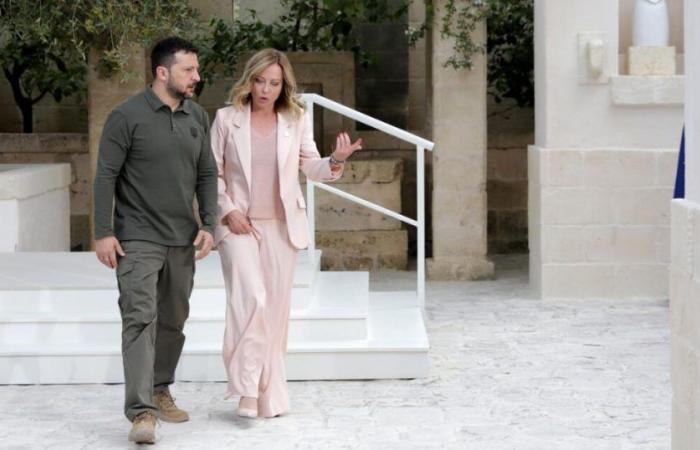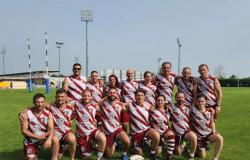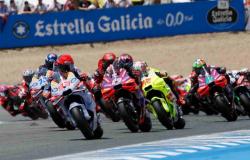
The German Chancellor Olaf Scholz he called it a historic achievement. Janet YellenUS Treasury Secretary, e Ursula von der Leyen, president of the EU Commission, present it as proof of the G7’s determination to support Kiev. However, if you read it and look carefully at how it is structured the $50 billion fund set up to support Ukraine exactly the opposite seems true. It’s a half-raised white flag. Let’s try to understand why. The cumulative value of the economies of the G7 countries (United States, Canada, Japan, Great Britain, France, Germany and Italy) is 44 trillion dollars. But, together, they manage to agree on financing for what they define as the frontier where they fight for the freedom of the entire West with one nine hundredth of the wealth they generate in a year.
Not only that, given that there really doesn’t seem to be any desire to spend more money, to pretend that we won’t be the ones to pay, the baroque mechanism of repayment through interest is set up accrued on the 280 billion of Russian assets, spread across the United States and, above all, the European Union. In theory, the 7 countries that will disburse the loan, with shares in proportion to their economic size, should thus collect between 3 to 5 billion dollars a year. In ten years or so, the loan could be repaid. But it’s all very hypothetical. What would become of these interests when peace negotiations with Moscow were reached? However, there was no desire to follow, also due to the undoubted risks it would have entailed, the much harder line advocated by Washington in recent months: the direct seizure of the 280 billion Russians from whom the interests accrue.
In concrete terms, however, the system becomes more of a tax paid by Euroclear, the central depository that holds Russian money in Europe and is supposed to retain interest on behalf of its “client”. If in the future there are legal disputes on the legitimacy of this operation, the Belgian company is among the most exposed subjects. The only advantage for creditors is that this money will also be used for reconstruction they would largely return to the coffers of Western companies in charge of the work.
The 50 billion for Kiev have the flavor of a last bequest from a team of rulers who doesn’t know where he will be between now and the end of the year, due to the uncertain electoral prospects of most. With Trump perhaps back in the White House and different balances Germany and France it is unlikely that the already non-granitic support for Kiev will not suffer some cracks. The promised strengthening of the so-called secondary sanctions, since they do not directly affect the target country (Russia) but those that they do business with him, promised by the G7 nor does it seem to be decisive given the alternative networks of trade and transactions that have long been set up by the states involved.
According to estimates, the amount allocated is enough to give Ukraine oxygen for a couple of years at most. But for what purpose?, one wonders. The money coming from the West is not certain enough to reverse the inertia of the conflict which has recently been favorable to Moscow. Just as NATO military support, in current terms, can do little more than buy Ukraine some time. If these things do not change, and the G7 countries show of not wanting and/or not being able to change themnothing more will be achieved than postponing the showdown with Moscow for a few months (and a few thousand deaths) to find an agreement.





